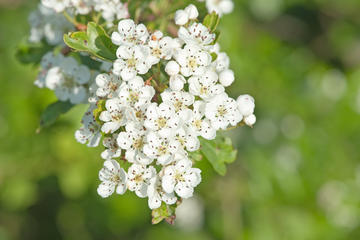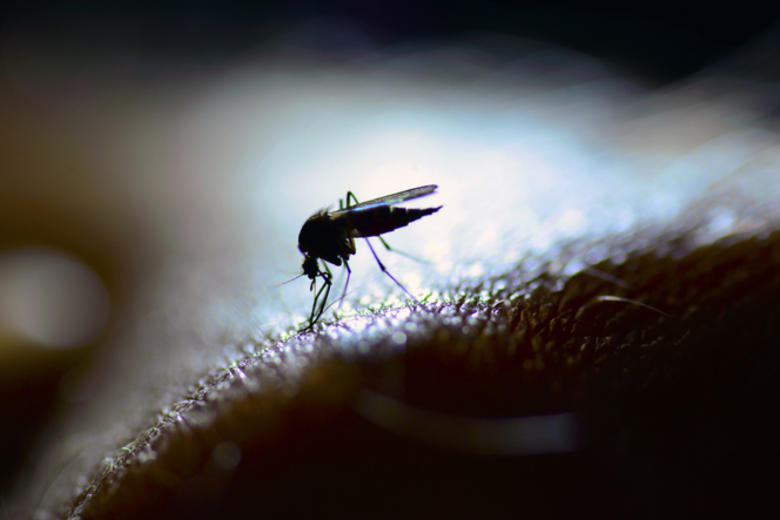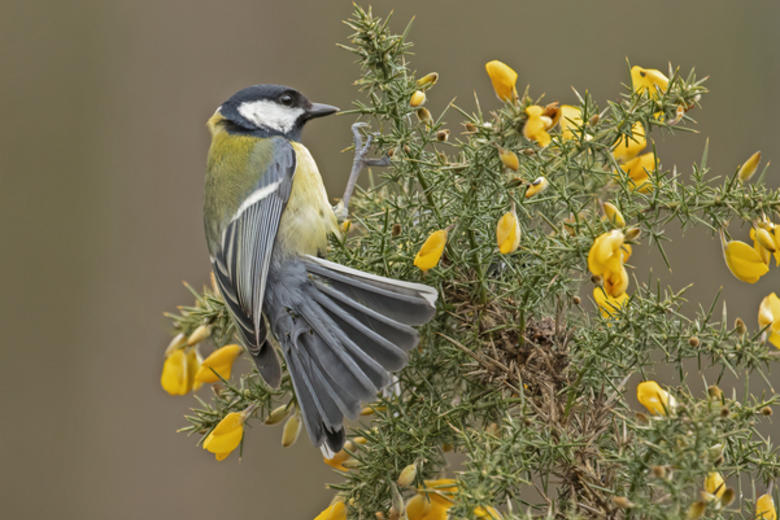HOW TO FEED THE BEES

HOW TO FEED THE BEES
Bees need food up to a month earlier than provided by recommended pollinator plants, says new Oxford research
Published: 25 March 2024
Share this article
• Plant species which are recommended as ‘pollinator friendly’ in Europe begin flowering up to a month too late for bees, resulting in low colony survival and low production of queens.
• This is the first time that research has quantified the decline in colony survival and queen production due to a shortage of early season food.
• Enhancing existing hedgerows with early blooming species has the potential to increase the probability that a bee colony survives from 35% to 100%.
New research from the Universities of Oxford and Exeter has revealed that plant species recommended as ‘pollinator friendly’ in Europe begin flowering up to a month too late in the spring to effectively contribute to bee conservation.
This ‘hungry gap’ results in low colony survival and low production of queens for the following year. The results showed that pollen and nectar availability during the early colony founding stage is a critical, and previously under-appreciated, factor in bee colony success.
The study has been published in the journal Insect Conservation and Diversity. Senior author Dr Tonya Lander (Department of Biology, University of Oxford) said:

'The results give us a simple and practical recommendation to help bees: to enhance hedgerows with early blooming species, especially ground ivy, red dead-nettle (pictured, right), maple, cherry, hawthorn (pictured, below left), and willow, which improved colony success rate from 35% to 100%. This approach focuses on existing hedgerows in agricultural land and doesn’t reduce farm cropping area, so can appeal to land managers whilst also providing important conservation outcomes for pollinators.'
The study looked at two example European species: the buff-tailed bumblebee (Bombus terrestrisi) and the common carder bee (B. pascuorum). These were assessed using the BEE-STEWARD model, which integrates data and runs simulations to predict how changes in different factors may impact bee populations over time.
The researchers explored when during the year bumblebee food (pollen and nectar) demand is highest, how colony survival is impacted by periods of food scarcity, how food requirements relate to seasonal changes in colony composition (numbers of adults, eggs, larvae, and pupae), and how availability of early spring-blooming plants affects colony survival and queen production.

The results showed that bumblebee food demand is highest March to June, and lack of food during this critical period has catastrophic consequences for colony survival and queen production, increasing the risk of local population extinction. March and April are particularly critical months, where a two-week gap in forage availability can result in a 50-87% drop in the production of daughter queens.
Dr Matthias Becher (University of Exeter and Rifcon) said: 'We were surprised to find that the colony’s demand for nectar and pollen is driven mainly by the number of larvae rather than the number of adult workers. This explains the particularly high colony demand in March and April, before the adult workers are usually seen foraging outside the colony. The larvae need pollen for growth, and most of the energy from nectar is used for thermal regulation of the brood.'
Despite years of pollinator planting and conservation initiatives, pollinators are still in decline around the world. Very early spring flowers are likely to increase bee colony survival and queen production, contributing towards halting and reversing this decline.
Picture credit: GETTY
The paper ‘Resource gaps pose the greatest threat for bumblebees during the colony establishment phase’ was published in the journal Insect Conservation and Diversity, and is available at:
DOI: https://doi.org/10.1111/icad.12736
URL: https://resjournals.onlinelibrary.wiley.com/doi/full/10.1111/icad.12736















